1. Skipping Regular Maintenance
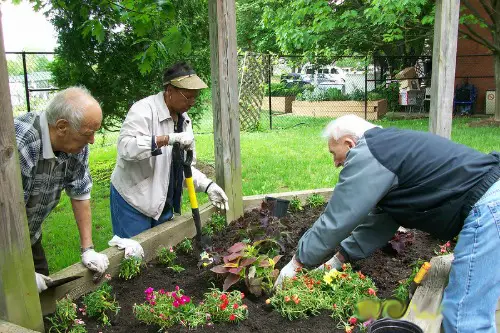
It’s easy to let things slide when life gets busy, but gardens need consistent care. Landscapers often arrive to find overgrown beds, weeds gone wild, and plants choking each other out. Waiting too long between cleanups makes the work harder and more expensive. Regular upkeep keeps landscapes healthy and looking good.
Even simple tasks like deadheading flowers or refreshing mulch make a big difference. Landscapers would love if homeowners set a seasonal schedule and stuck to it. Staying on top of small jobs prevents bigger headaches down the road. A little consistency goes a long way toward a thriving yard.
2. Using Weed Fabric Under Mulch

That layer of weed barrier fabric might seem like a smart move, but landscapers dread seeing it. It can stop water and nutrients from getting down to plant roots as it clogs with soil and debris over time. Worse, weeds eventually grow right on top of the fabric, making them harder to pull. It creates more work for everyone in the long term.
A thick layer of natural mulch works better to suppress weeds and feed the soil. Organic mulches like shredded bark or leaf mulch break down and improve soil health. Landscapers would much rather see you skip the fabric altogether. Your plants (and your landscaper) will thank you for it.
3. Planting Invasive Species

Homeowners often pick plants that look pretty at the garden center without realizing they’re invasive. Plants like English ivy, Japanese barberry, or Bradford pear might seem harmless, but they can spread aggressively. This crowds out native species and harms local ecosystems. Landscapers spend too much time pulling out plants that shouldn’t have been planted in the first place.
What’s frustrating is that invasives often require more maintenance in the long run. They can take over beds, fences, and even natural areas nearby. Landscapers wish more people would ask for native or non-invasive alternatives when planning a garden. Native plants usually need less water and care anyway.
4. Overpruning Trees and Shrubs
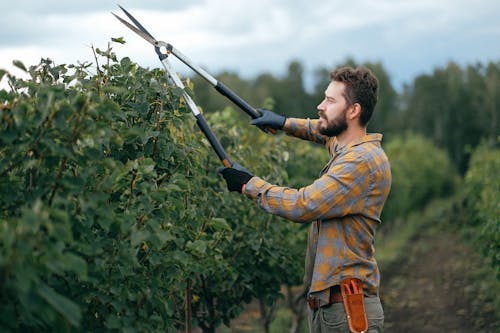
Homeowners sometimes get carried away with the clippers, thinking they’re helping their plants. But heavy or improper pruning can seriously damage trees and shrubs. It can lead to weak growth, disease entry points, and even kill the plant in extreme cases. Landscapers cringe at the sight of butchered crepe myrtles or topped trees.
Good pruning is about timing and technique, not just cutting for the sake of it. Landscapers would love if people left big pruning jobs to pros, especially for mature trees. Light shaping here and there is fine, but aggressive cuts can take years to fix. A little restraint goes a long way in keeping plants healthy.
5. Ignoring Soil Health
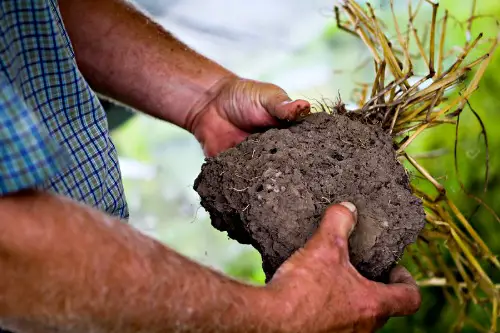
People spend a fortune on plants, but few think about what’s under them. Landscapers see the same thing over and over: compacted, lifeless soil where plants struggle to thrive. Without healthy soil, even the best-looking plants won’t last. Adding compost or organic matter makes a huge difference.
Soil testing is another step homeowners often skip, but it helps guide what amendments are needed. Landscapers wish folks would focus less on quick fixes like fertilizers and more on long-term soil care. A healthy garden starts underground, where roots can spread and absorb nutrients. Better soil means fewer pest and disease problems too.
6. Cutting Grass Too Short
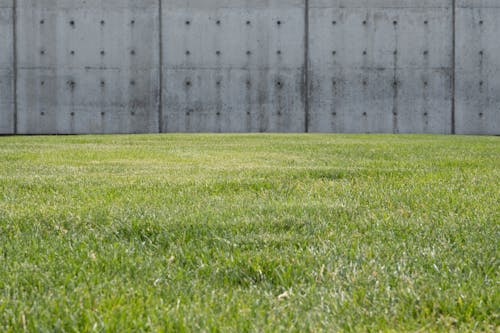
Many homeowners love the look of a tight, golf-course style lawn. But scalping your grass actually stresses it out and invites weeds. When grass is cut too short, it can’t photosynthesize properly or grow deep roots. Landscapers see lawns that constantly struggle because of this simple mistake.
The general rule is never to cut off more than one-third of the grass blade at a time. A slightly taller lawn shades out weed seeds and stays healthier in heat. Landscapers wish homeowners would set their mower blades higher and mow less frequently. Your grass will be greener and stronger for it.
7. Overloading Gardens with Decorations
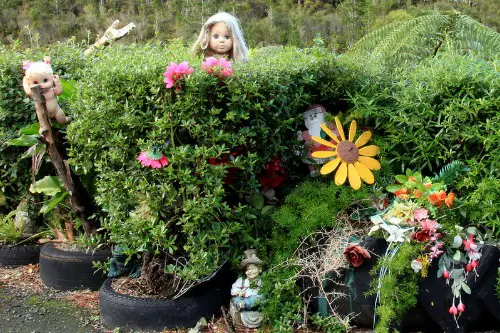
It’s fun to personalize outdoor spaces, but too many ornaments can be a problem. Landscapers see beds crowded with statues, solar lights, and garden gnomes that make maintenance tricky. These items can block airflow, trap moisture, and even damage plants when not placed thoughtfully. Plus, cluttered gardens lose that clean, cohesive look.
Landscapers aren’t anti-decoration, they just want balance. A few well-chosen pieces can enhance a landscape, but less is often more. Think about how decorations affect plant health and maintenance access. Your garden will feel calmer and be easier to care for.
8. Overwatering the Lawn
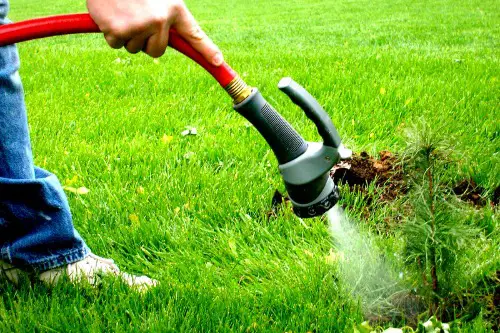
You’d be surprised how often landscapers see lush green yards drowning under sprinklers. Many homeowners still set their irrigation systems to run daily, even when it’s been raining. This wastes water and can lead to fungal diseases that destroy the very lawn you’re trying to protect. Most established lawns only need about an inch of water per week, including rainfall.
The irony is that overwatering actually weakens the grass by encouraging shallow roots. That makes your lawn more vulnerable during dry spells or heat waves. Landscapers would love it if homeowners checked soil moisture before turning on the sprinklers. Smart irrigation controllers can help take out the guesswork.
This post 8 Things Landscapers Wish Homeowners Would Stop Doing in 2025 was first published on Greenhouse Black.
